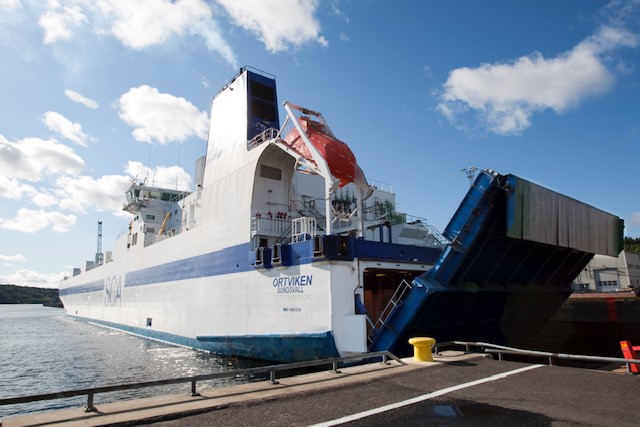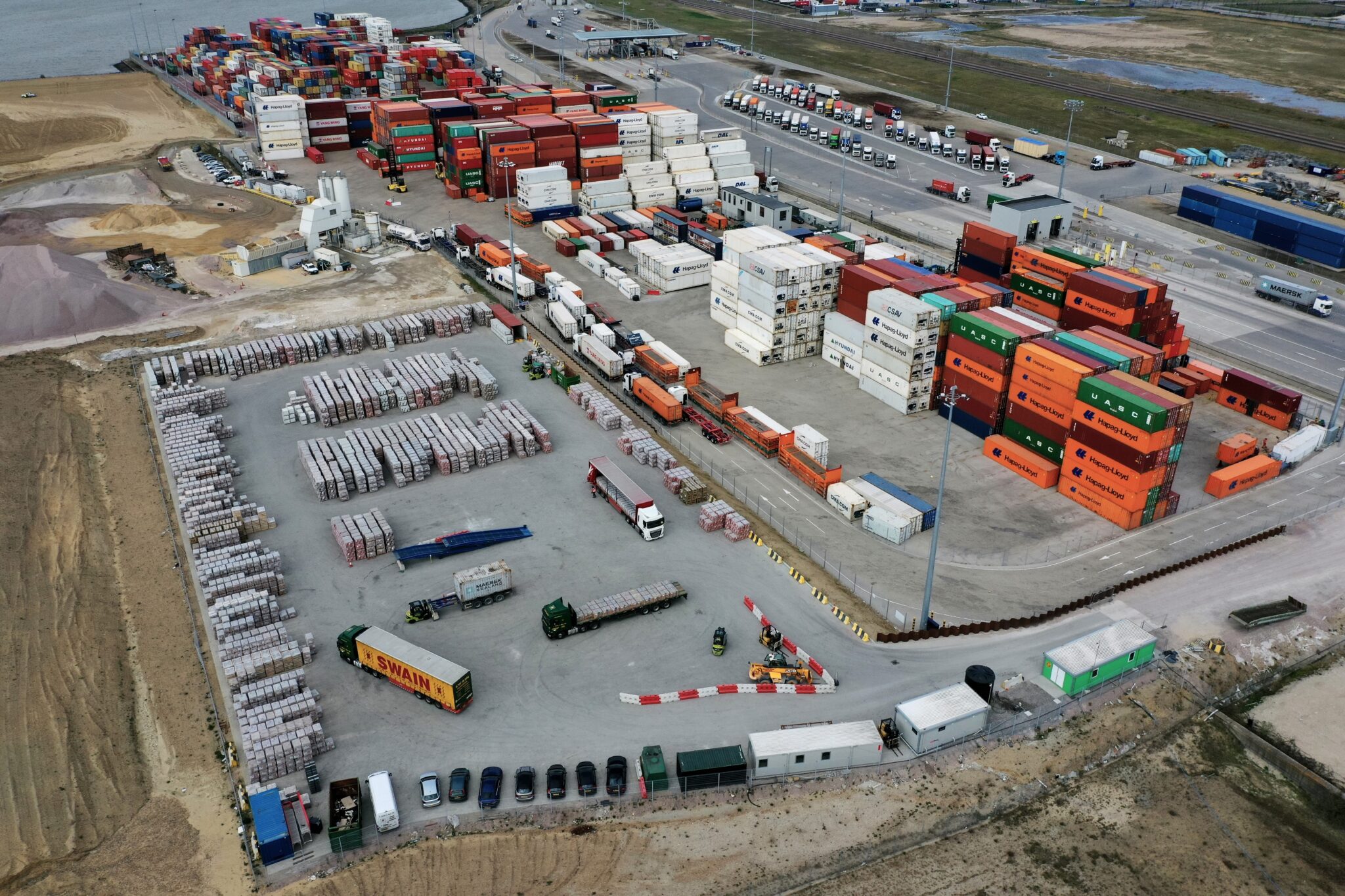Hydrogen and lithium-ion power may move ports closer to total electrification, says Hyster Europe, as it prepares to update on its zero-emission Container Handler and ReachStacker projects at the TOC Global Showcase virtual event.
“For several years, Hyster has been working on unique zero-emissions container handling equipment for ports that incorporate lithium-ion battery and fuel cell technology,” says Willem Nieuwland, Big Truck Program Manager for Hyster. “However, we are now ‘extending the family’ and bringing these benefits to more equipment types to support total green operations from ship to store.”
Hyster recently revealed it was entering a partnership with Capacity Trucks to jointly develop electric, hydrogen, and automation-ready terminal tractors. This addresses growing demand for environmentally sustainable terminal tractor solutions in port, terminal, and distribution centre markets, with initial prototypes expected to be available in 2021 for testing in port applications.
The collaboration brings together Capacity’s robust terminal truck platform with unique Hyster lift truck electric powertrain technology for proven reliability and hydrogen fuel cells. The Hyster solution in development has lithium-ion batteries and hydrogen fuel cell power integral to the design, rather than as a retro-fit option. It is expected that the final solution will be produced on a large scale, at an affordable price to help ports to reach their environmental goals.
“Importantly, the opportunities for hydrogen fuel cells are a key factor in this development, as this is a particularly interesting area for ports and something we’ve been progressing since 2017,” says Willem. “Hydrogen has the potential to provide the renewable energy model that is most attractive to environmentally driven businesses, without some of the complexities of electric vehicles – such as grid power availability for charging.
“What’s more, this is an area where funding and grants are available, making it feasible for ports wishing to explore zero-emissions equipment options,” he continues.
Hyster continues to develop Container Handlers and ReachStackers powered by lithium-ion batteries, either alone or combined with a fuel-cell range extender, as part of a number of funded projects for end users in the Port of Los Angeles and Port of Valencia.
However, in the past year, Hyster has also launched a number of product innovations that are available now to support zero-emissions handling with high productivity portside.
The new Hyster J7.0–9.0XNL electric forklift series with fully integrated lithium-ion batteries, carries up to nine tonnes, and gives port operations the benefits of comparable diesel engine performance, and rapid opportunity charging. These new trucks are designed with the endurance to support multi-shift, demanding operations, giving a credible alternative to an IC truck, thanks to the unique combination of a lithium-ion battery, a high-voltage drive system, and the use of multi-phase permanent magnetic motors.
Meanwhile portside stores may benefit from the Hyster PC1.5 ultra-compact lithium-ion pallet truck, which can deliver greater efficiency than a hand pallet truck, but without complex maintenance requirements. It is designed to be tough and reliable enough to stand-up to daily operational challenges, but with a low cost of ownership. When the lithium-ion battery needs replacing, operators get a re-charge alert and, in just six seconds, can exchange it, keeping the operation running with minimal interruption.
On Thursday 17th June 2021, from 10.00 – 11.00, Willem Nieuwland will discuss more around the total electrification of ports and the latest updates around zero-emissions Hyster Big Truck developments as part of the ‘Spotlight on the Green Transition’ session at the online TOC Global Showcase. Register to attend at www.toc-global-showcase.com.






